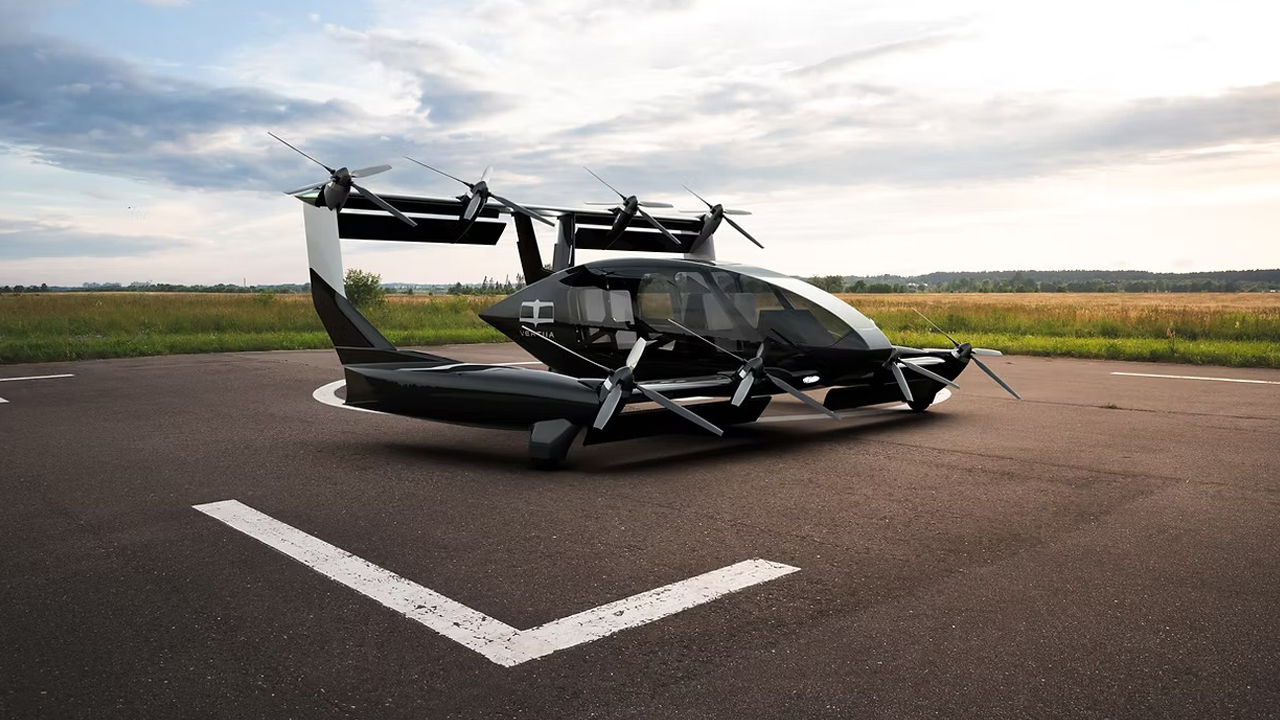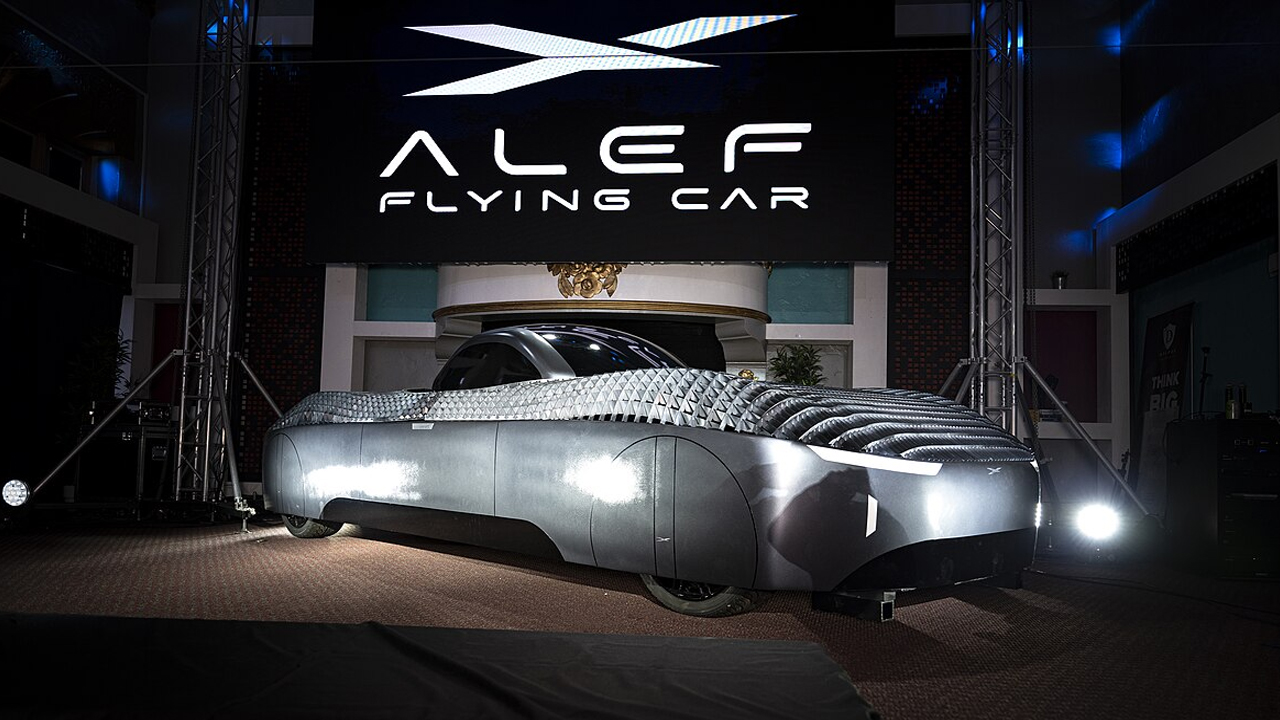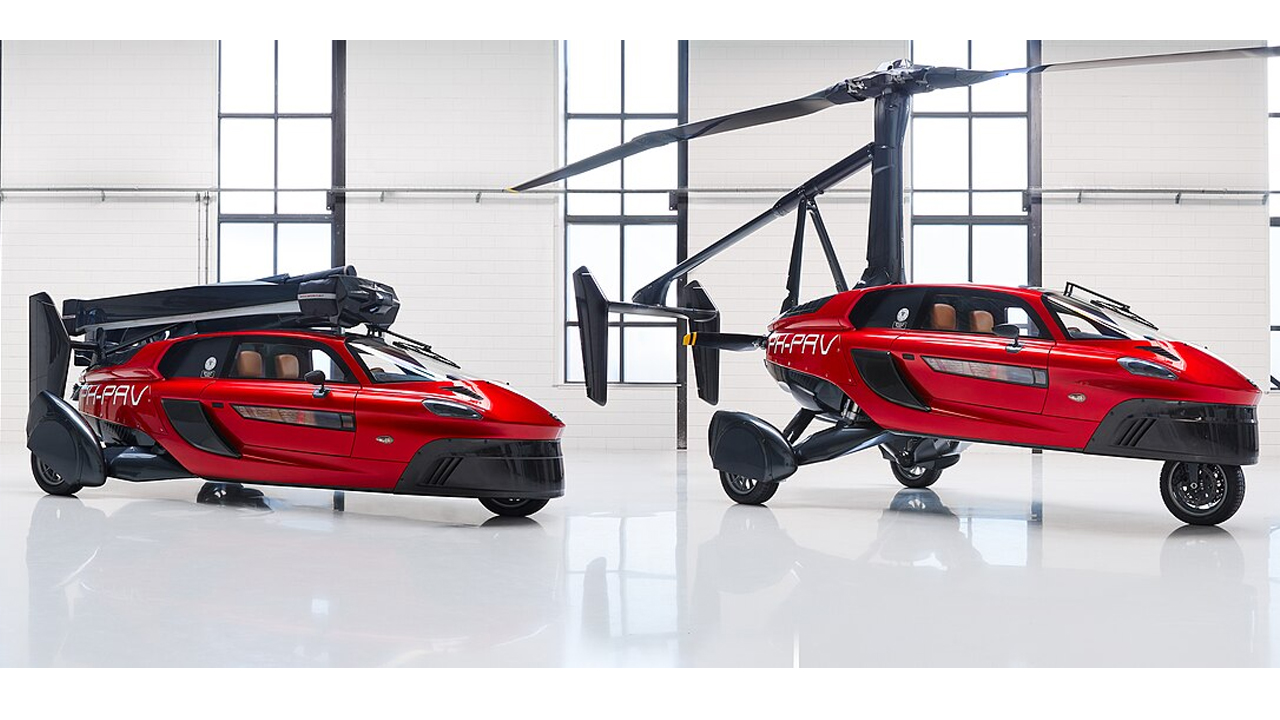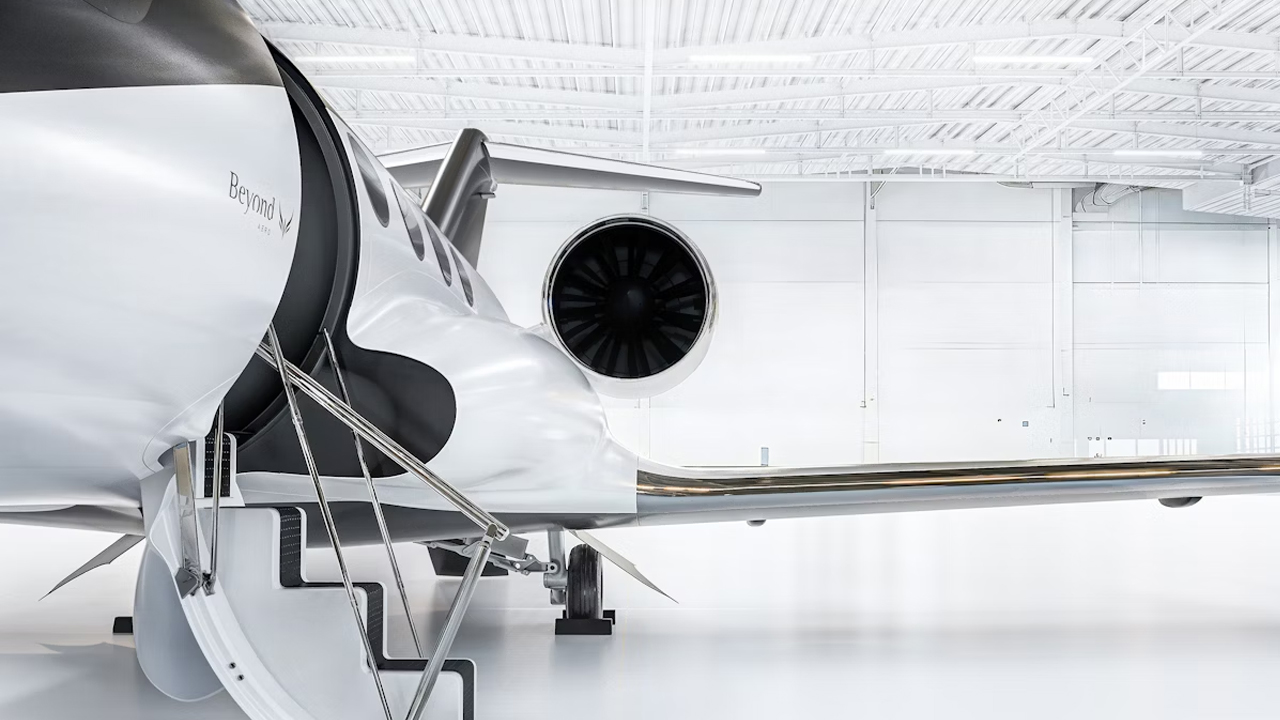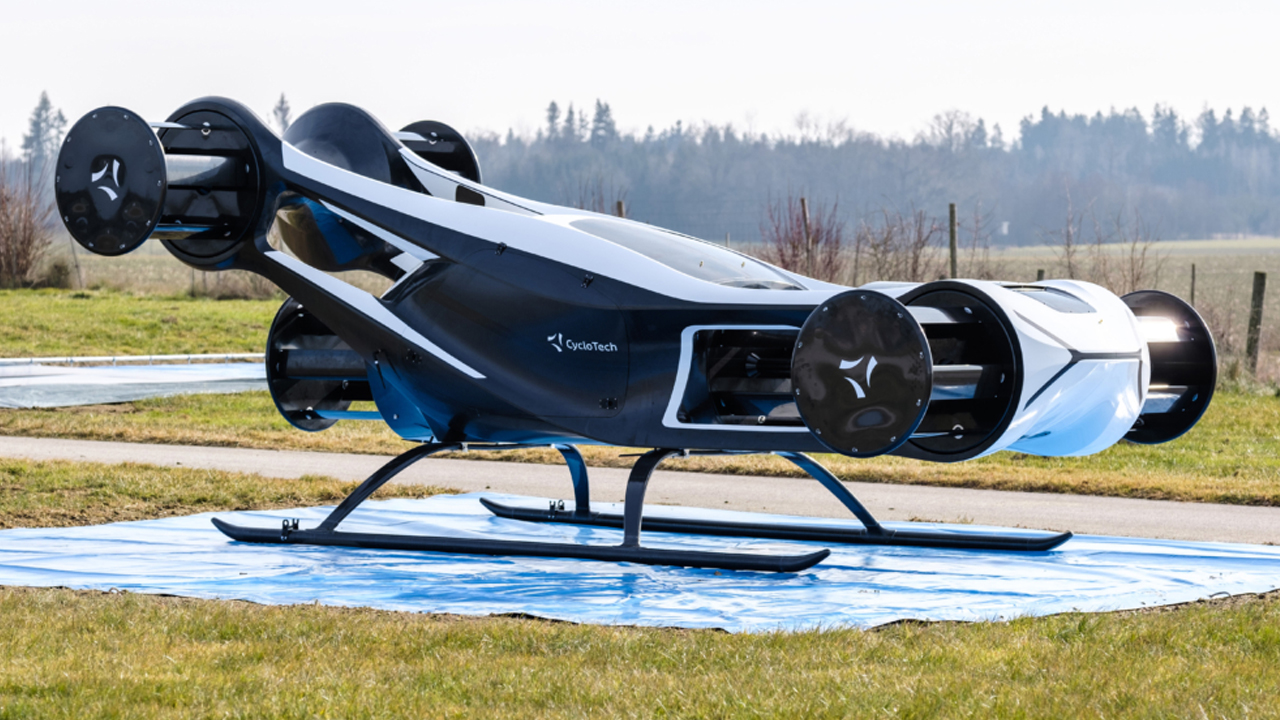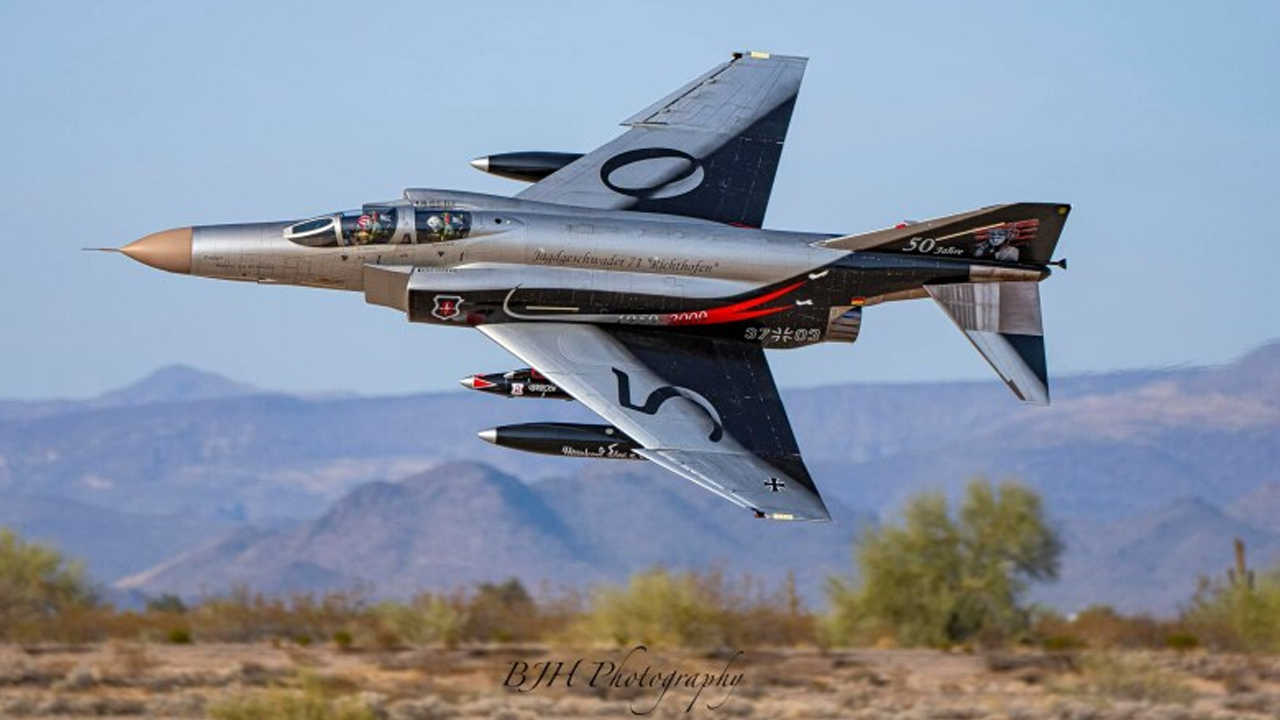Australia is taking a bold step toward zero-emissions aviation with a new aircraft that combines hydrogen-electric power and Formula 1 speed. Developed by AMSL Aero and supported by thermal experts at Conflux Technology, the Vertiia aircraft aims to deliver long-distance, high-speed flight without a drop of jet fuel.
High-Speed, Long-Range, Zero-Emission Flight
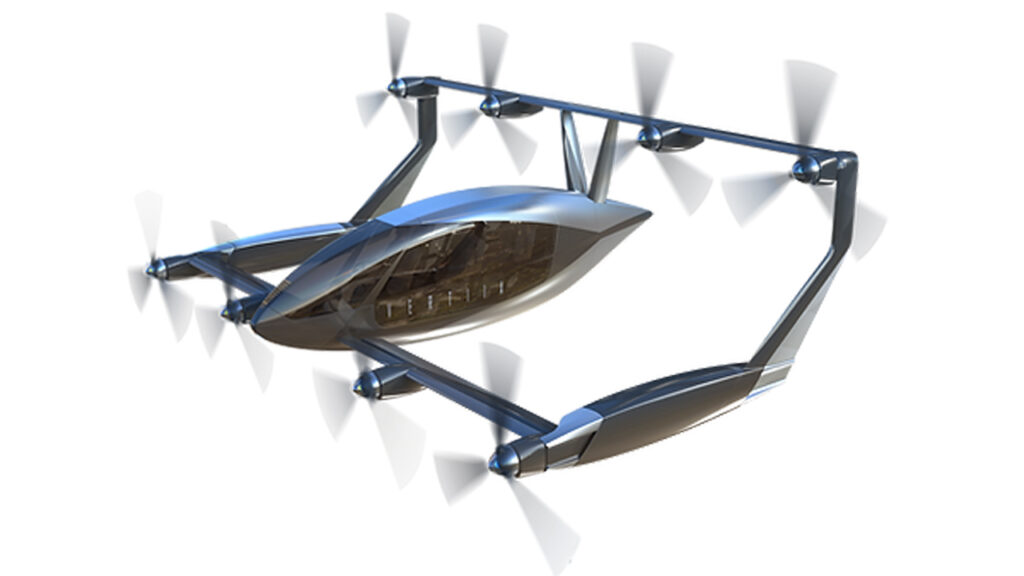
Vertiia is designed to cruise at speeds of 300 km/h (186 mph) and cover distances up to 1,000 kilometers (621 miles) on a single charge. This range positions it well for regional travel, offering a sustainable alternative to traditional aircraft (Source: AMSL Aero).
The aircraft’s hydrogen-electric propulsion system not only reduces emissions but also offers safety benefits, as hydrogen fuel cells are less toxic than conventional aviation fuels. This makes Vertiia a compelling option for various applications, including passenger transport and emergency services (Source: Fuel Cells Works).
Advanced Cooling Systems for Hydrogen Fuel Cells
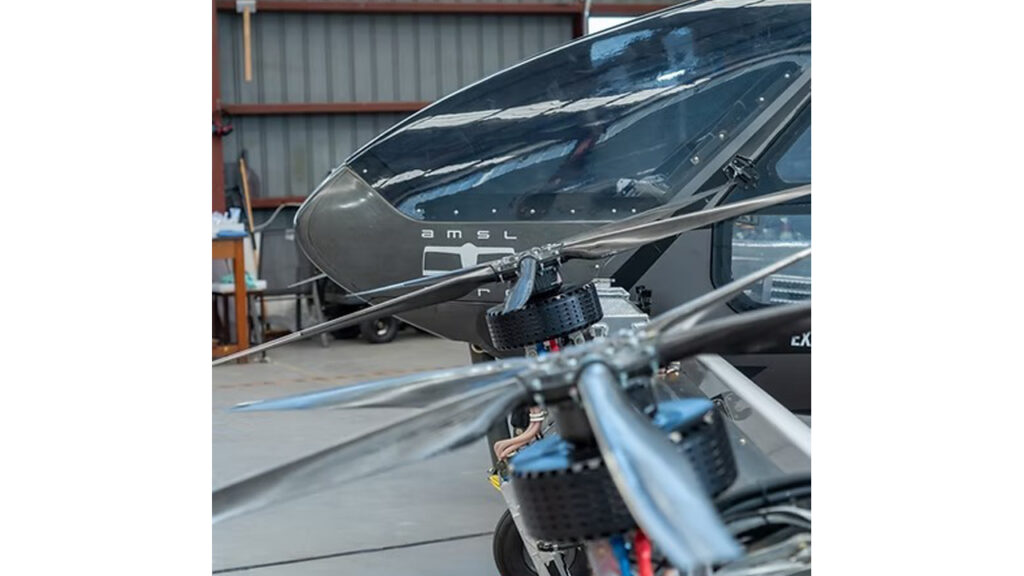
To manage the heat generated by hydrogen fuel cells, AMSL Aero has partnered with Conflux Technology to develop specialized cooling systems. These systems are crucial for maintaining performance during critical phases like takeoff and landing (Source: Conflux Technology).
Conflux’s expertise in thermal management, particularly from its experience in motorsports, contributes to the development of efficient, lightweight heat exchangers. These components are essential for the aircraft’s operation and overall efficiency.
3D Printing Enhances Design and Efficiency
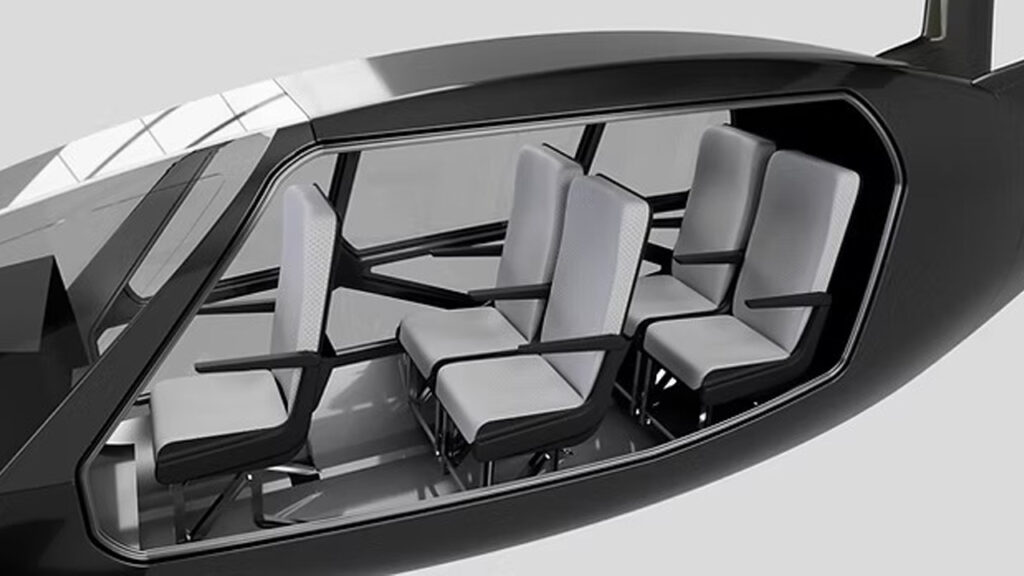
The use of additive manufacturing allows for the creation of complex, lightweight components tailored to the aircraft’s specific needs. This approach enables the integration of cooling systems within the limited space of the aircraft’s design (Source: 3D Printing Industry).
By leveraging 3D printing, AMSL Aero can produce parts that meet the stringent requirements of aerospace applications, ensuring both performance and reliability. This manufacturing method also facilitates rapid prototyping and testing (Source: 3D Printing Industry).
Future Prospects and Applications
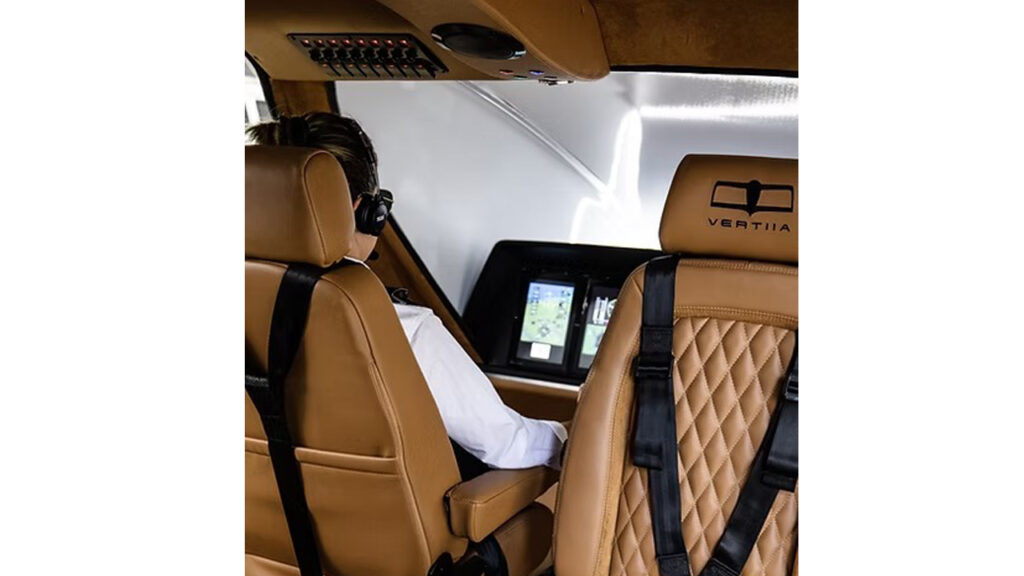
AMSL Aero plans to conduct the first hydrogen-electric powered flights of Vertiia later this year. The company aims to begin commercial operations by 2027, focusing on regional passenger transport and emergency services (Source: Fuel Cells Works).
With its innovative design and sustainable propulsion system, Vertiia represents a significant step forward in zero-emission aviation. Its development could pave the way for broader adoption of hydrogen-powered aircraft in the future (Source: AMSL Aero).


